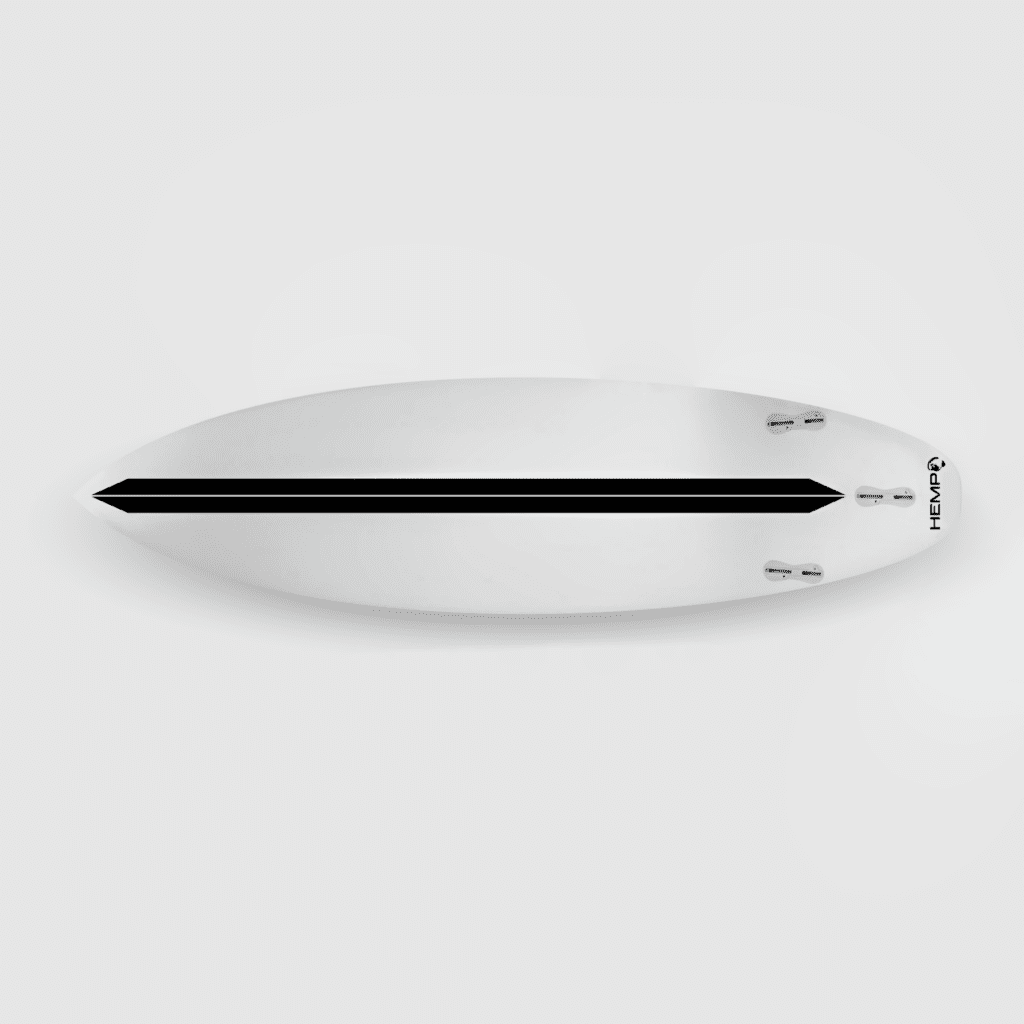
Need a new HEMPEARTH surfboard? Do you want to learn how to surf? Are you buying your first surfboard or an all-around backup board? Looking for a high quality surfboard that shall last you a lifetime?
There are a few factors that come into play when choosing a surfboard. The first step to determining the right surfboard for your body type is to note down your weight and experience level.
Most surfers fall into the first two of the following four categories:
- Beginner;
- Intermediate;
- Advanced;
- Pro;
As a rule of thumb, first-timers to the sport should get thicker and longer surfboards. Novice surfers need extra flotation and stability to paddle for the first waves and to help them stand up on the board after catching the wave, we have boards for all shapes, ages, weights and sizes, young to adult. The Hempearth Team is always here to help you find the perfect board for you.
However, a taller and heavier intermediate surfer will also need a slightly bigger board compared with a shorter and lighter intermediate rider.
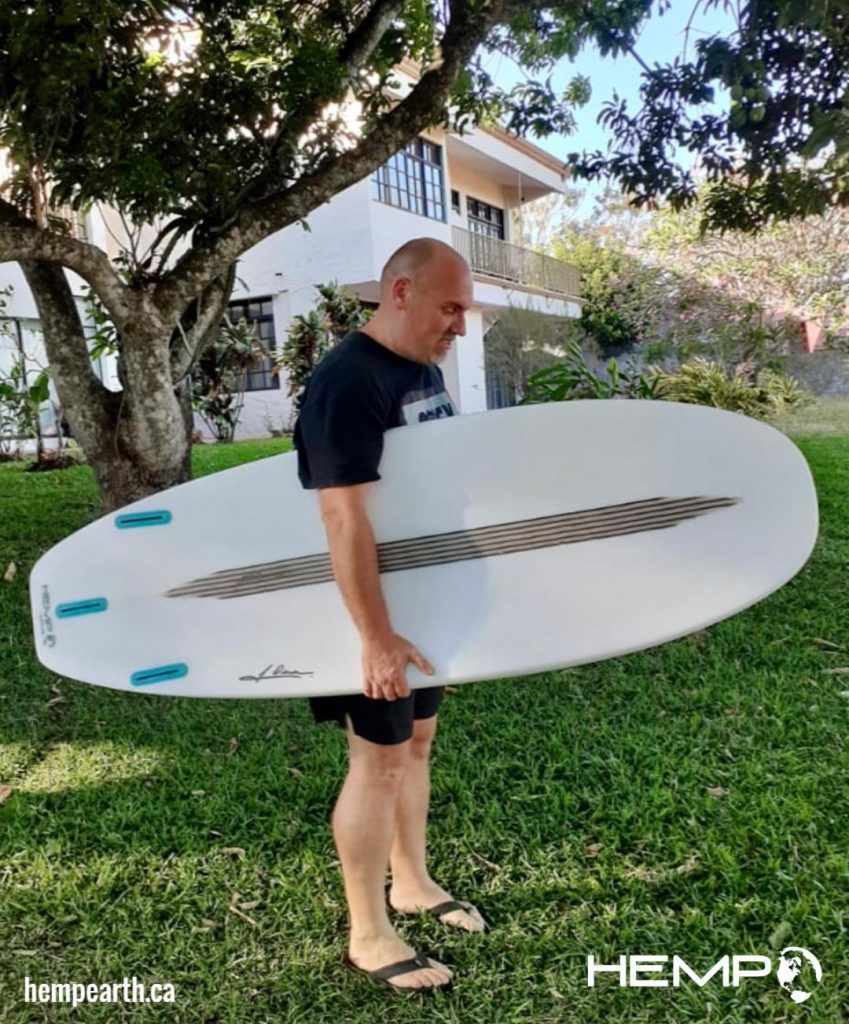
How to Pick the Right Surfboard?
You have finally decided to buy yourself a new or your first surfboard.
But what size is the best? And what shape should you pick? What are the differences between a shortboard, a fish, a funboard, a longboard, or a stand-up paddleboard (SUP)?
Beginner surfers should always get a surfboard with an above-average paddling/flotation ratio. Super stable surfboards are easier to paddle, get in the waves faster, and are more forgiving when the pop-up moment arrives.
So, if you’re in the early stages of surfing, get a good beginner surfboard. They offer a lot of volume and flotation and will definitely help you stand up faster.
As a general rule of thumb, the right surfboard for an intermediate surfer is usually one foot taller than his height.
If you ride small-to-medium-sized waves, you can always pick a longboard or a funboard/malibu.
Features
After carefully selecting the right size based on your weight and level of experience in surfing, it’s essential to explore and understand the main features of a surfboard.
The main surfboard characteristics are:
- The template;
- The outline curve;
- The width;
- The thickness;
- The volume (in liters)
- The location of the wide point;
- The nose (shape and width);
- The rocker;
- The tail (shape and width);
- The rails;
- The bottom curves and channels;
- The fin setup;
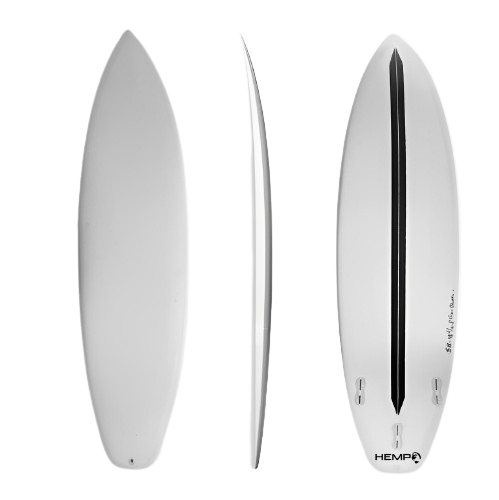
Surfboard Shapes and Design
Surfboard designers know which materials allow surfers to improve their overall performance in the waves and how they impact board weight, design, and resistance to impact.
A rounder template/outline will force you to draw longer curves, resulting in a more laid-back surf. However, more area also means greater buoyancy and more planing lift potential.
That is why width and length are critical variables. Wider boards offer more flotation and are the perfect choice for small, mushy waves.
The rocker is considered by many shapers the most important feature of a surfboard. Surfboards with more rocker are usually slower in a straight line and harder to paddle. On the other hand, more rocker means less nosediving.
The rounded pin, round, squash, and rounded tails are extremely popular in modern equipment because they hold the surfboard quite well in nearly all types of surf conditions.
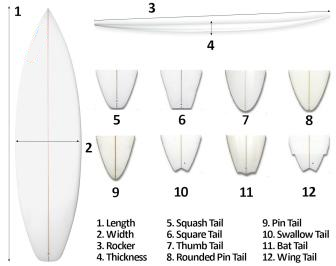
So, in a dream scenario, and if you had to take four surfboards to a distant surfing island for the rest of your life, the ultimate surf quiver would include two shortboards, one funboard/Malibu, and a longboard, HEMPEARTH can custom any board you wish for.
The truth is that there is a wide range of surfboard types for all sorts of waves and riding styles, and each template has a different impact on performance.
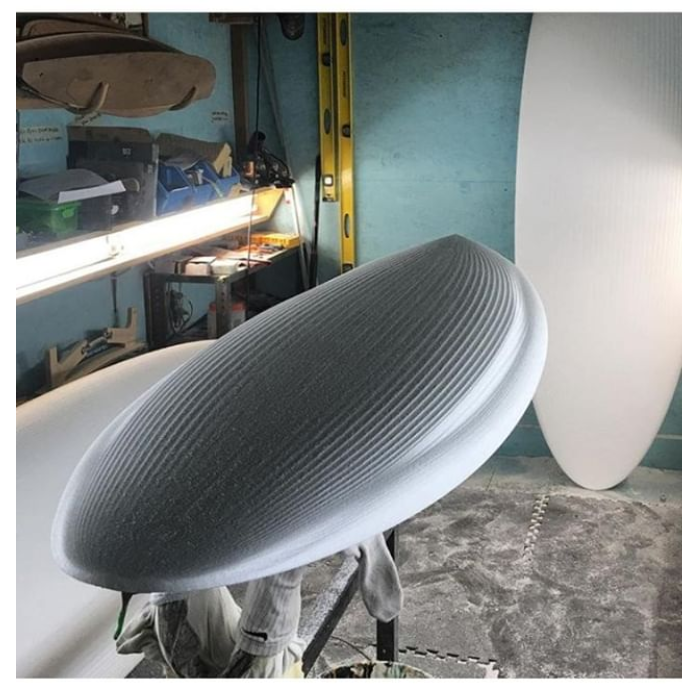
How to find the right shape
Typical surfboard shapes. An average shortboard is around 25–35 Litres, while a 7’ funboard would be between 40–50L. A longboard might go from 60–100L. A SUP could easily top 250L to give you perspective.
Here is a short summary for the various board types to choose for your skill level:
Longboards
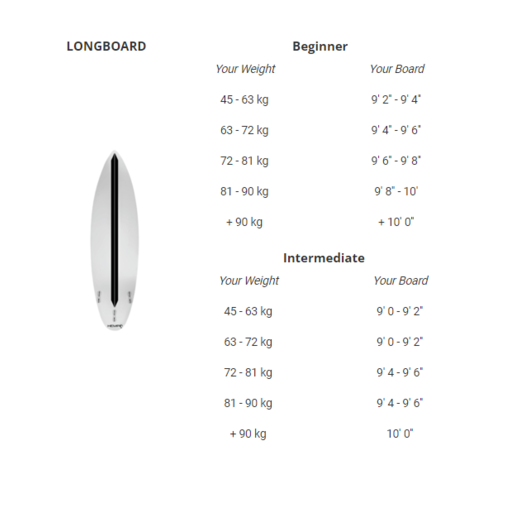
If you are a beginner you should always look for a board which is wide, thick and at least three feet (90 centimeters) taller than you.
Beginner surfers should always get a surfboard with extra flotation and stability to paddle for the wave (2.0lbs/L (0.9kg/L) weight to volume ratio). These super stable surfboards are easier to paddle, will get in the waves faster, and are more forgiving when the pop-up moment arrives and you don’t find the exact balance immediately.
The longboard is best in these conditions:
When the waves are small and rolling, your best bet for fun is a longboard. Because of their large surface area and low rocker, they can catch smaller waves and catch them much earlier. Their mass allows them to glide through flat sections as the momentum of the board is carried. While longboards can be fun in many different conditions, they are the board of choice on small rolling days.
Advantages
- provide stability to help you balance
- floats better so you can paddle faster and catch more waves
- if you go for a soft top in the beginning, it will be safer (lower chance of injury, when it hits you, or god forbid others)
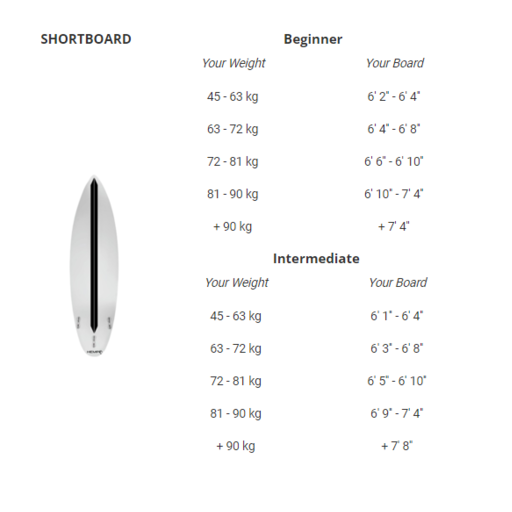
Shortboards
If you feel ready to progress to you first shortboard…
You are already at the stage when you no longer worry about paddling, pop ups and learning the fundamentals of surf turns — you are already comfortable with all of this.
If you want to open yourself up to new surfing experiences, short boarding is a great way to do so. They are thin, have a good amount of rocker. Shortboards are typically lighter, smaller, faster and float less. Shortboards typically are built with lightness in mind. These boards has less foam so you can push the board under easier which will come in handy for duck diving monster waves. Shortboards also work well inside of long, deep barrels.
The shortboard is best in these conditions:
When the waves are medium in height and pitching, the shortboard is the best board option. These conditions lend themselves to vertical surfing and possibly barrel riding. The shortboard is the best type of surfboard for these surfing styles and a good choice when the conditions allow it.
Advantages:
- allow you to continue to improve the intermediate and advanced maneuvers
- allow you to catch fast, steep and powerful waves
- easily take your surfing to an advanced level
Hempearth Surfboards
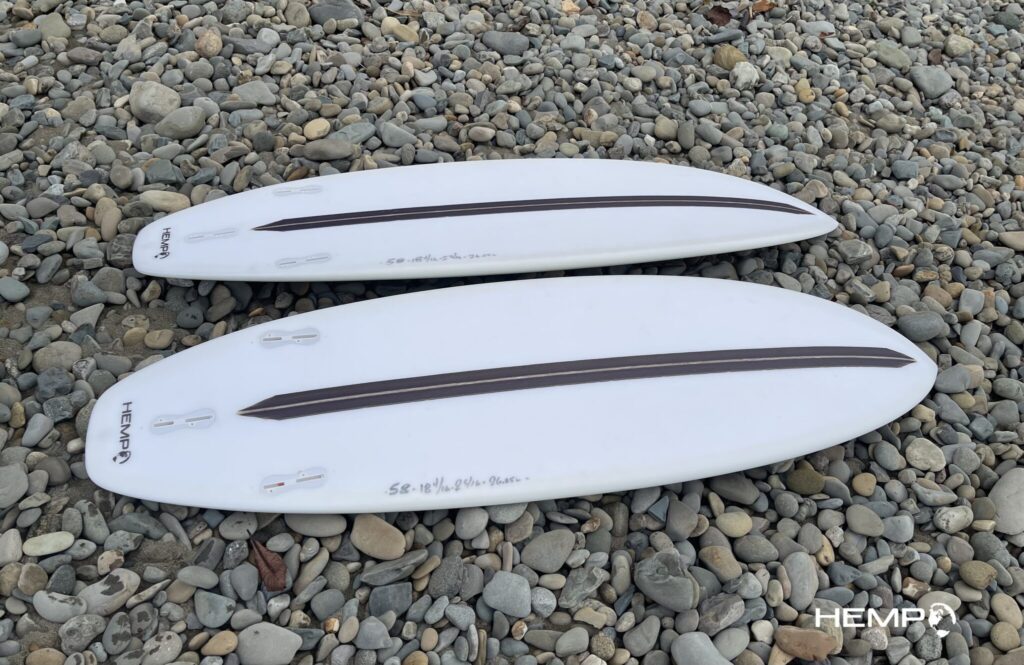
The World’s Most High Tech, High Quality, Revolutionary, Innovative Sustainable Boards On The Planet.
Adding 100% hemp fiber cloth to a performance surfboard design, truly unites speed and agility with improved durability.
Our surfboards represent American craftmanship, sustainable values, visionary shaping, and surfing expertise to offer a high performance hemp surfboard.
- 100% HEMP Fiber
- 100% Fiberglas Free
- Vacuum Technology
- FCS Boxes – Available in 3, 4 and 5 Fin Systems
- Ultra Light But Super Strong
- HEMP Basalt Drive
- Eco Epoxy
- No Wood Stringer
- Recycled Foam
Final Thoughts
Remember that the best surfboard is the surfboard that you enjoy riding the most. However, you should definitely make your decision based on the idea that there is the right board for your body type and experience in the surf.

